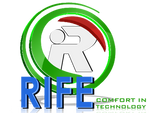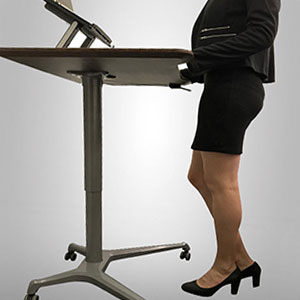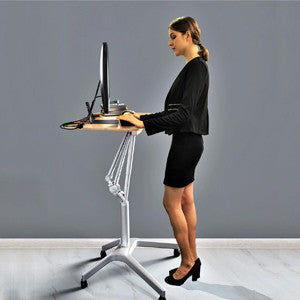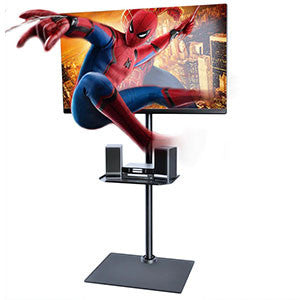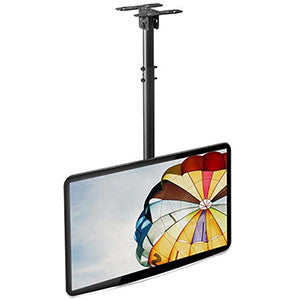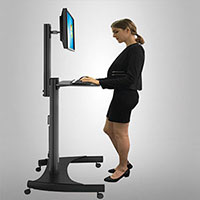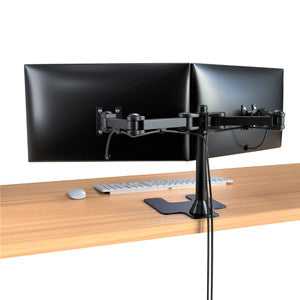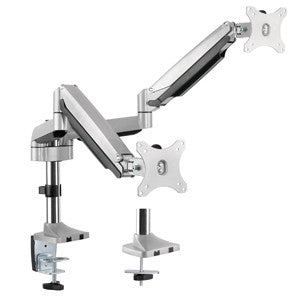You have no items in your shopping cart.
RFID Asset Management Solutions Overview
RFID (Radio Frequency Identification) asset management is a technology-driven approach to tracking, managing, and securing assets using RFID tags and readers. It offers real-time visibility, reduces human errors, and improves operational efficiency.
Key Components of RFID Asset Management
- RFID Tags – Attached to assets for tracking; can be passive, active, or semi-passive.
- RFID Readers – Captures data from RFID tags within range.
- RFID Antennas – Boosts signal strength for long-range tracking.
- Asset Management Software – Provides real-time tracking, reports, and analytics.
- Cloud/On-Premise Database – Stores and manages asset data.
Benefits of RFID Asset Management
✅ Real-Time Tracking – Know where your assets are at all times.
✅ Automation & Efficiency – Reduces manual data entry and errors.
✅ Security & Loss Prevention – Helps in theft prevention and asset recovery.
✅ Compliance & Audits – Simplifies regulatory tracking.
✅ Improved Utilization – Maximizes the usage of assets.
Common Use Cases
📌 Warehousing & Logistics – Automates inventory tracking.
📌 IT Asset Management – Tracks laptops, servers, and office equipment.
📌 Healthcare – Monitors medical equipment and patient records.
📌 Manufacturing – Ensures tools and machinery are accounted for.
📌 Education – Tracks lab equipment, books, and electronics.
Do You Need Help with RFID for Your Business?
I can assist in finding vendors, comparing solutions, or developing an RFID strategy tailored to your business. Let me know how you'd like to proceed!
How Smart Rife Storage Cabinets Help in RFID Asset Management

